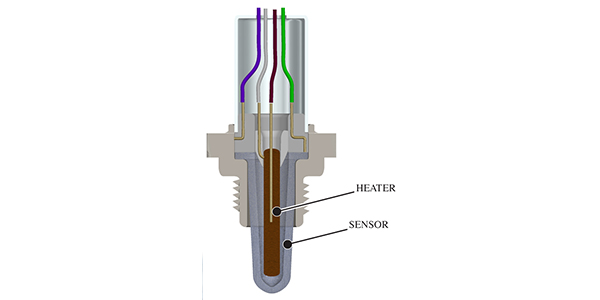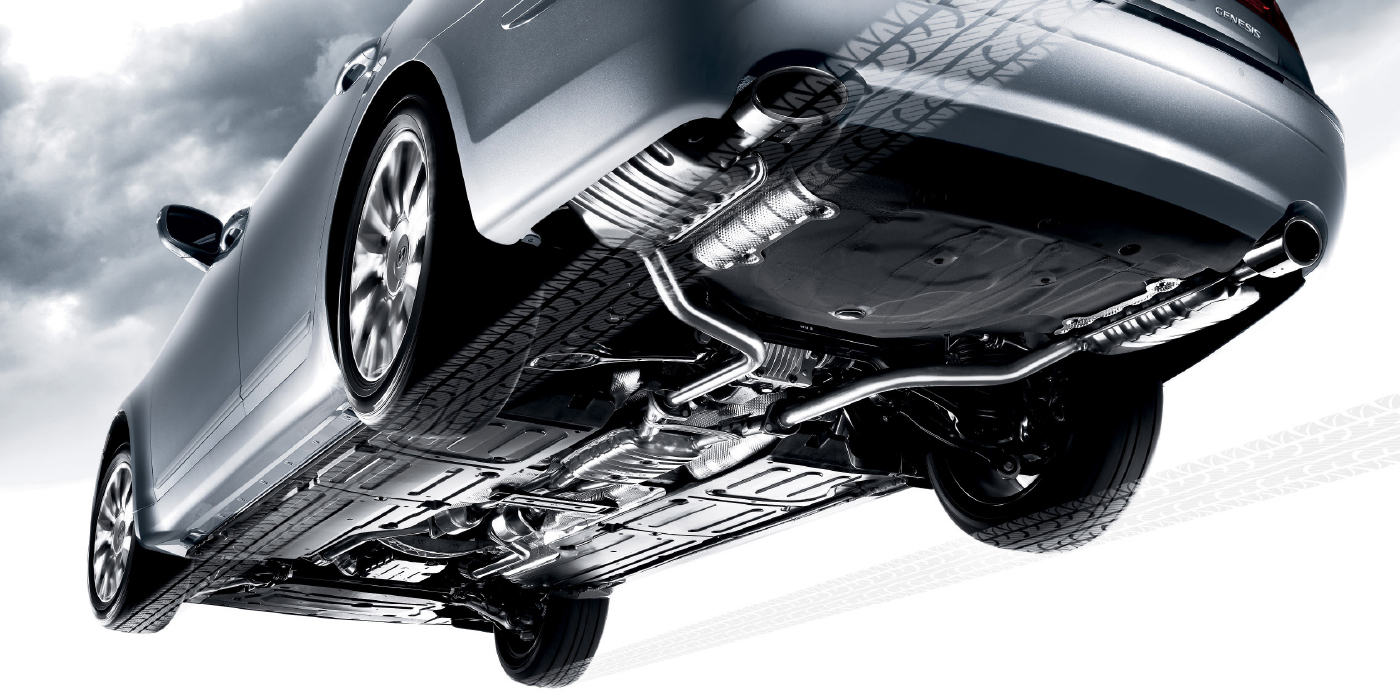 Even as direct-fit exhaust systems are dominating the replacement exhaust market, there is still a need for exhaust fabrication that includes welding. Being able to weld exhaust system components is not about creating less-expensive alternatives for your customers. Being able to weld and fabricate components gives you the flexibility to provide your customer with the best possible repair options for their vehicle.
Even as direct-fit exhaust systems are dominating the replacement exhaust market, there is still a need for exhaust fabrication that includes welding. Being able to weld exhaust system components is not about creating less-expensive alternatives for your customers. Being able to weld and fabricate components gives you the flexibility to provide your customer with the best possible repair options for their vehicle.
In the past decade, exhaust systems have changed. A typical modern exhaust system has flex joints, multiple bungs and complex curves. The biggest change has been the use of stainless steel. While it is possible to weld stainless steel with a MIG welder equipped with the right wire and gas, it is highly recommended that a TIG welder be used.
Here are nine tips that apply to any welder when fabricating exhaust systems.
1. Make safety a first priority: It is critical that welders protect themselves from the heat and electricity generated by the welding process. The arc is dangerous to both the eyes and skin, and welders need to wear the proper protective equipment at all times. These items include: flame-resistant gloves; safety glasses; a welding helmet; and a long-sleeved welding jacket.
2. Install Consumables Properly: Good conductivity (the ability for the electrical current to flow along the welding circuit) is an important factor in gaining good weld quality. New welders should always install their consumables – diffusers, nozzles, contact tips, collet bodies, etc. – according to the manufacturer’s recommendation, making sure that each component is securely tightened. In a gas metal arc welding (GMAW) operation, for example, the connection between the GMAW gun neck and diffuser needs to be secure to prevent shielding gas leaks. Secure connections also provide the surface area necessary to carry the electrical current throughout the GMAW gun (or gas tungsten arc welding – GTAW torch) to create a stable arc.
3. Cleanliness is critical: Cleaning the base material prior to welding, and as needed between weld passes, is absolutely essential. Dirt, oil, grease and other debris can easily enter the weld pool causing contamination that leads to poor weld quality and costly rework. Excessive oxidation and moisture are also culprits that can compromise a quality weld.
4. Always follow welding procedures: Welding procedures are the “recipe” needed to create consistent welds. New and experienced welders alike need to understand the importance of these procedures and should follow them at all times. The procedures for a given application have been carefully determined and qualified by experts to ensure that the recommended parameters are capable of yielding the desired results. Weld procedures include details such as the required shielding gas mixture, recommended gas flow rate, and voltage and amperage ranges. These procedures also provide information on the type and diameter of filler metal to use, as well as the proper wire feed speed in the case of a GMAW or flux-cored arc welding (FCAW) application.
5. Understand the importance of filler metals: Filler metals are a critical, but sometimes confusing, component of the welding system. New welders can benefit from familiarizing themselves with the attributes of various types of wires, including flux-cored and metal-cored wires, as well as the techniques for welding with each type. For example, they should learn whether their particular filler metal requires a “push” or “pull” technique. Following old adages like, “If there’s slag, then you drag,” can help; it indicates that flux-cored wires, which produce slag, should be operated using a pull technique. New welders should also establish the habit of consulting the manufacturer’s specification sheet for additional operating recommendations.
Learning to handle and store filler metals properly is also critical for new welders to learn. They should always wear clean gloves when handling filler metals and if they are responsible for storing them, they should do so in a clean, dry environment.
6. Know the material properties: Every material has different mechanical and chemical properties. Helping new welders understand the difference between materials — particularly how they react to heating and cooling — is a key component of training. For example, austenitic stainless steel conducts heat at around half the rate of mild steel, but has a much higher rate of thermal expansion when welded; it also has a more localized heat affected zone (HAZ) that can lead to buckling when the weld cools. Welders who are aware of such properties can take precautions such as clamping to prevent distortion.
7. Visually inspect the welds: Knowing how to conduct an accurate visual inspection of a completed weld is the first step in quality control. It is also the quickest and least expensive method of inspection. New welders should learn how to identify weld defects that have porosity, for example, since the presence of this weld defect on the surface often indicates a similar problem throughout the weld. I
8. Learn how to troubleshoot: Being able to identify and rectify welding problems quickly is a key skill for new welders to learn. Good troubleshooting skills not only help reduce downtime, but they also contribute to good weld quality and productivity. Such skills can also help reduce costs associated with rework. New welders can benefit from learning how to adjust gas flow rates properly and/or identify gas leaks in order to solve instances of porosity. They should also know how to make adjustments to amperage and voltage settings if they encounter issues such as lack of penetration, excessive penetration or undercutting. Identifying welding problems associated with worn consumables is also important, since poor conductivity can result in an unstable arc and lead to a variety of weld defects.
9. Maintenance makes a difference: From the power source to the GMAW gun or GTAW torch and consumables, every part of the welding system requires maintenance to keep it operating efficiently and effectively. New welders should become familiar with proper maintenance procedures.
In the case of a GMAW gun, the welder should replace nozzles or contact tips that have spatter buildup on them to prevent issues such as poor gas coverage or an erratic arc that will likely lead to weld defects.
Welders should also regularly check the power source, primary power line, gas cylinders and gas distribution system to ensure that they are working properly.
There is more to teaching a novice welder than just showing him or her how to set the power source or hold the gun or torch at the correct angle. The best approach to training is to incorporate good habits that will keep the welder safe and comfortable, and provide the knowledge to address everything from maintenance to materials. The time required to transition a novice welder to a skilled one will, of course, take time. Still, the long-term benefits are worth it.
Courtesy of Miller Electric.




